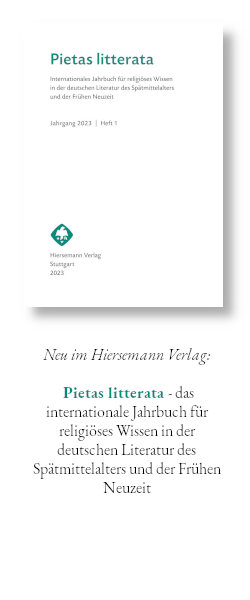Das lateinische geistliche Lied des späten Mittelalters
DOI:
https://doi.org/10.36191/mjb-2019-54-3-1Abstract
The study surveys historical aspects of the genre in the fourteenth and fifteenth centuries: its characteristics of a rhymed, strophic song used both inside and outside the Latin liturgy; its fourteenth-century emergence from tropes, versus and conductus; ist nomenclature and geographic distribution; its practice and ritual contexts in various social settings; its uses of language and transmissional transformations; its performance options and word-tone relationships. Specific textual and musical examples from various countries are presented, with emphasis on the central European type, known as cantio. Important manuscript sources are considered in their respective liturgical and social contexts. Related genres such as lauda and carol are briefly discussed. Attention is paid to historically changing environments of the songs (from monastic liturgical functions to educational, individual and recreational uses) and their migration through different repertoires (in Latin and vernacular, secular andsacred versions, for example). The cantio is finally characterised as a flexible genre that has survived until the present day and is the oldest music of the Middle Ages that is still commonly known. Some of the material used for this study is also published online in https://musical-life.net (Forschungsprojekt FWF 23555 der UniversitätWien.)
Keywords: Tropus, versus, conductus, Benedicamus domino, Graduel de Fontevrault, Las Huelgas, carol, lauda, cantio, Kinderbischof, Moosburger Graduale, Kontrafaktur, Gemischtsprachigkeit, Übersetzung, devotio moderna, Böhmen, Exultemuset letemur hodie, In dulci iubilo, Jesus Christus nostra salus, Resonet in laudibus,Barant-Ton, Liederbuch, Performanzstatus, Notation, Rhythmisierung


